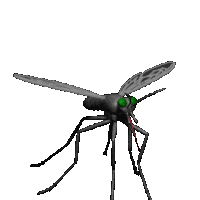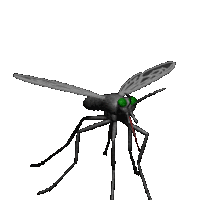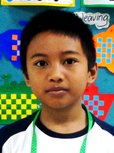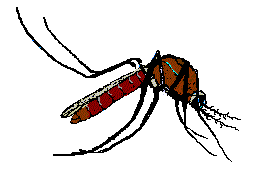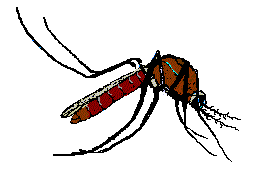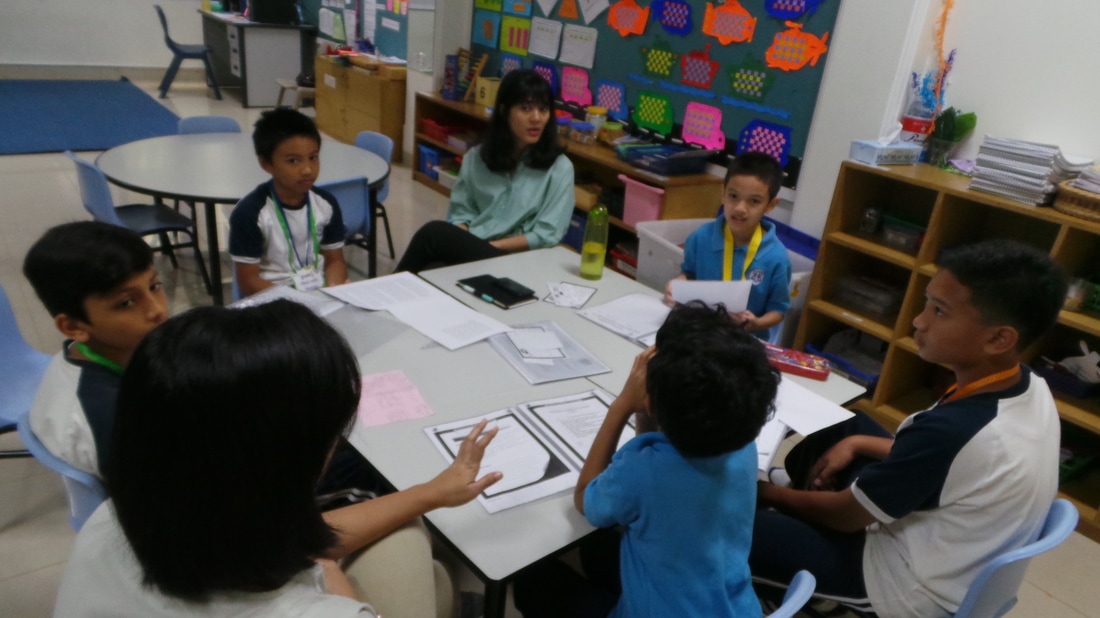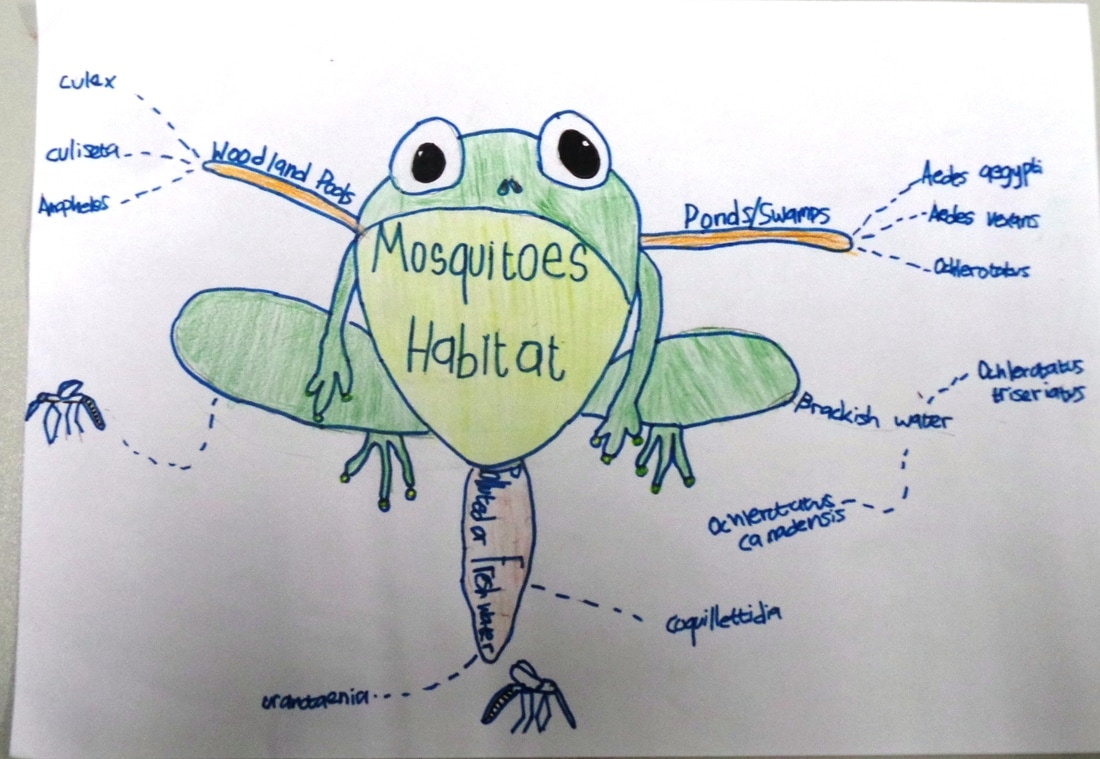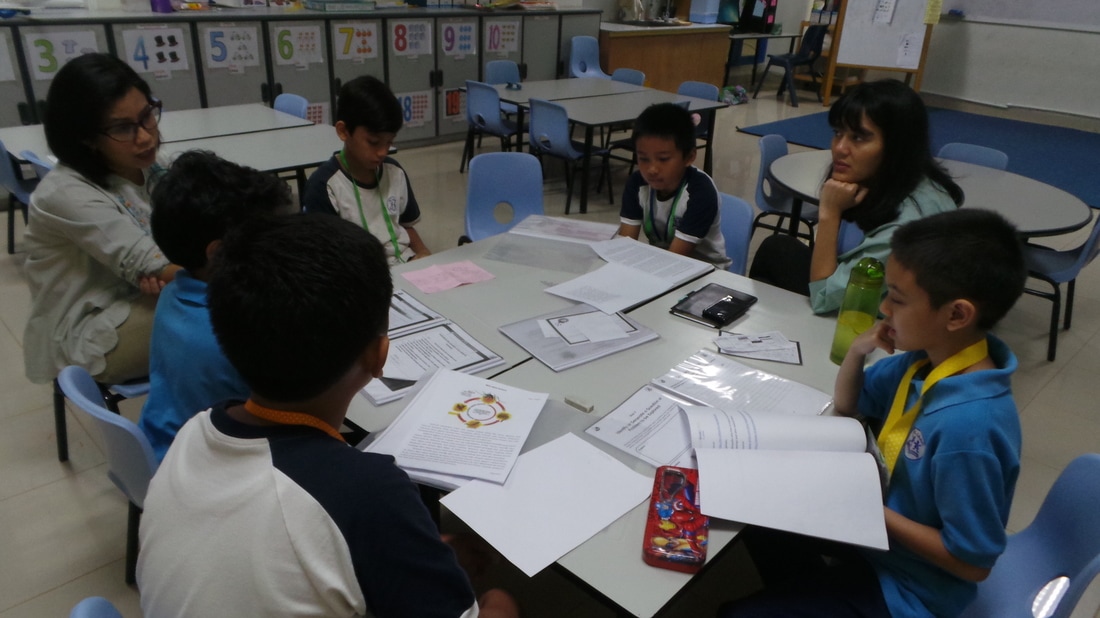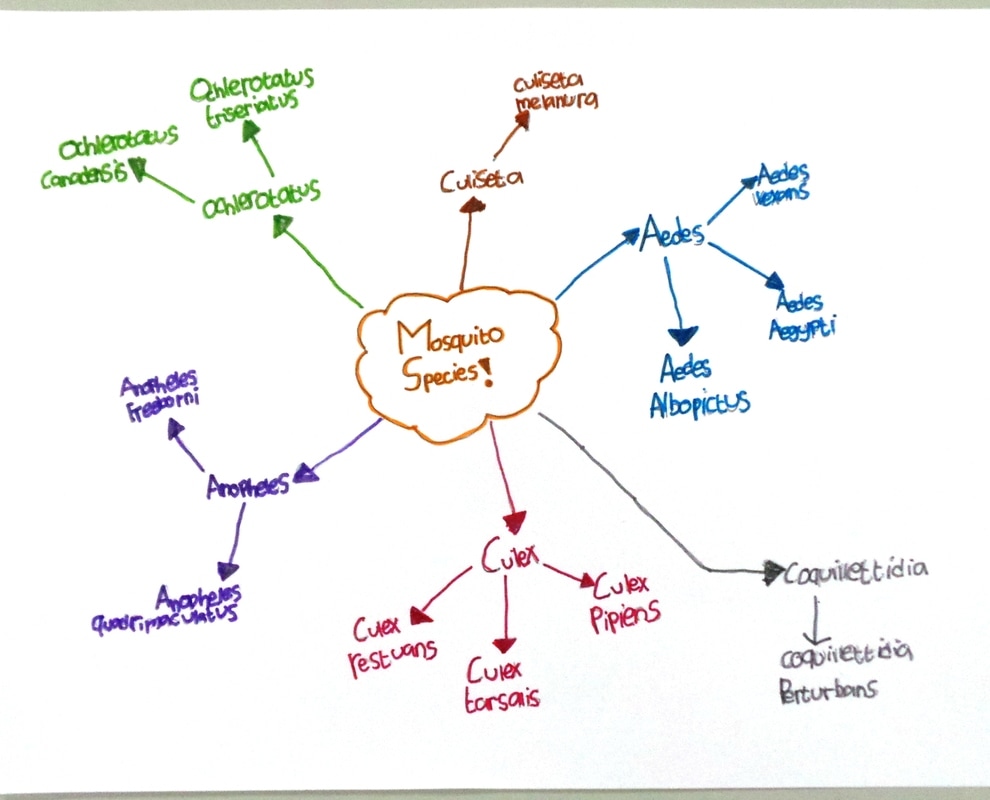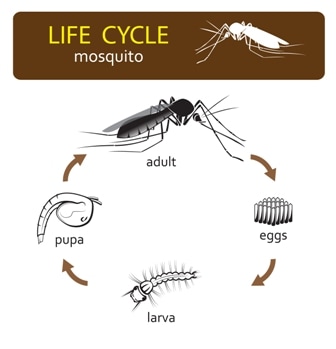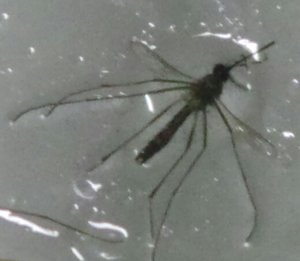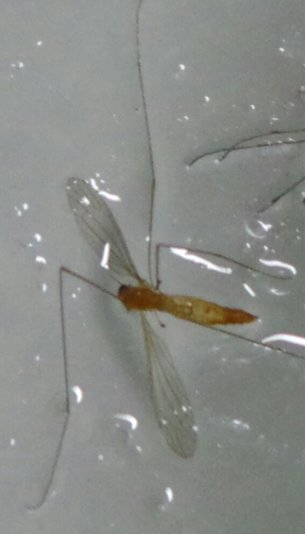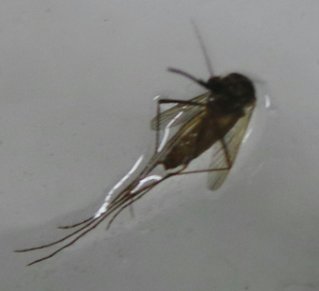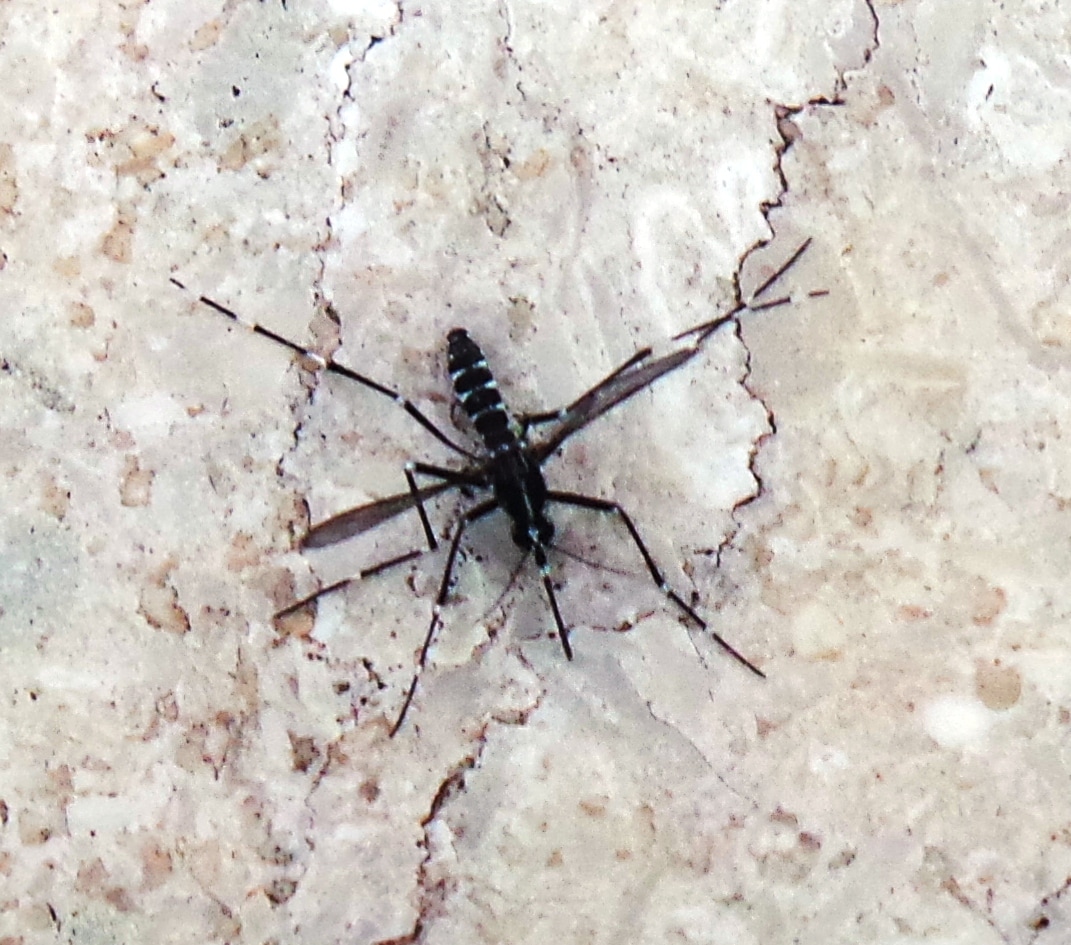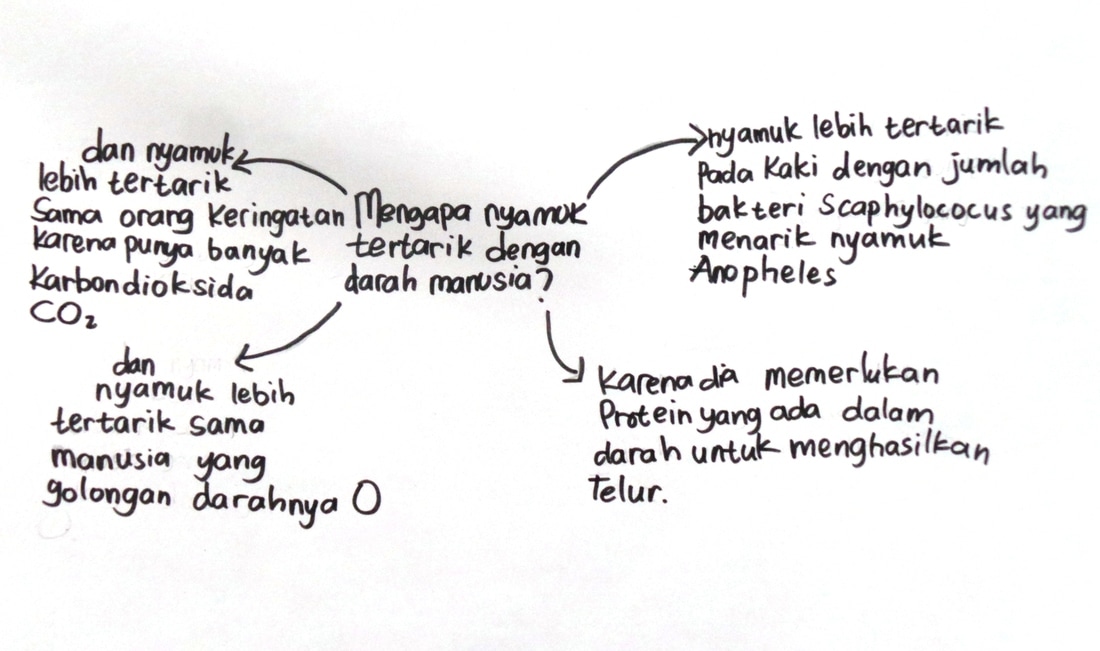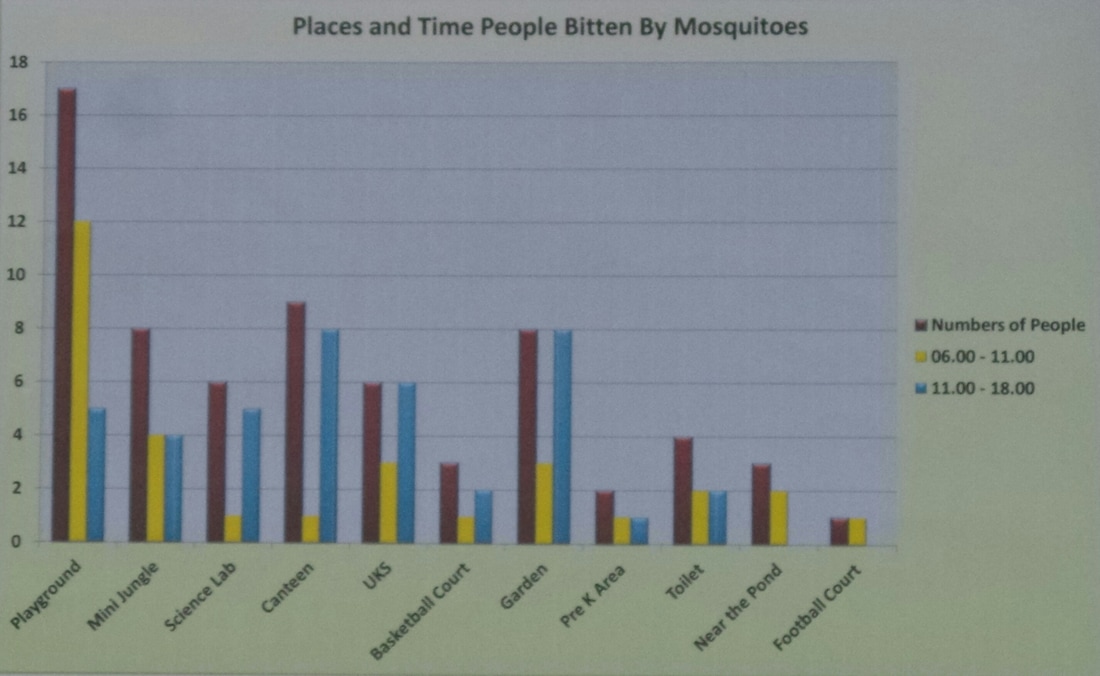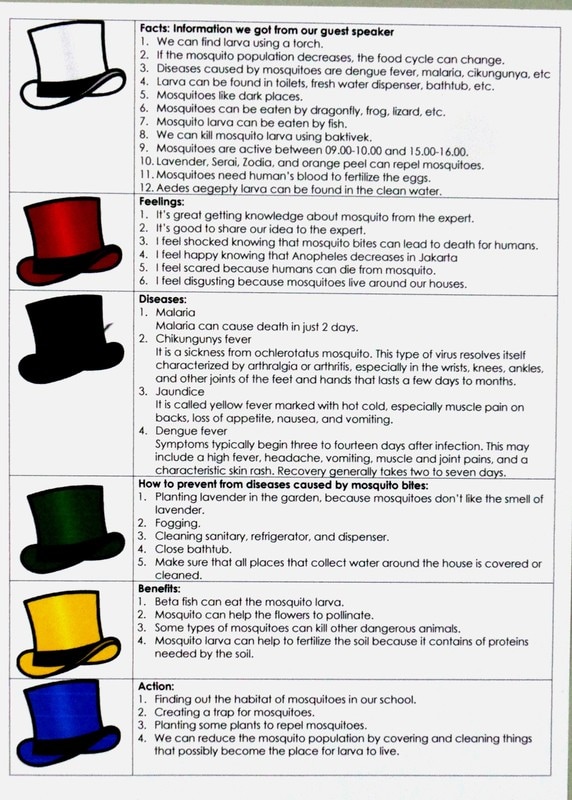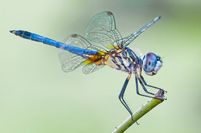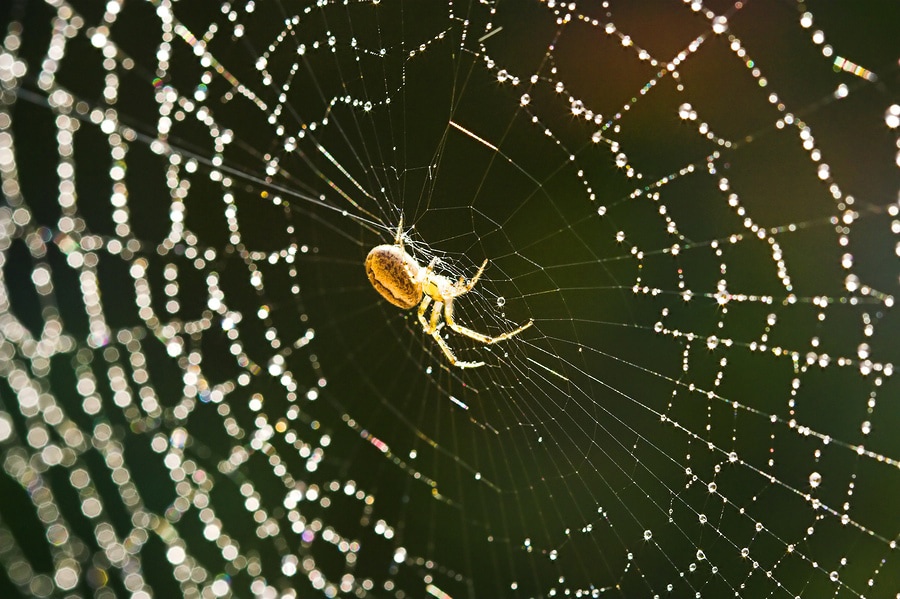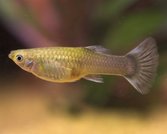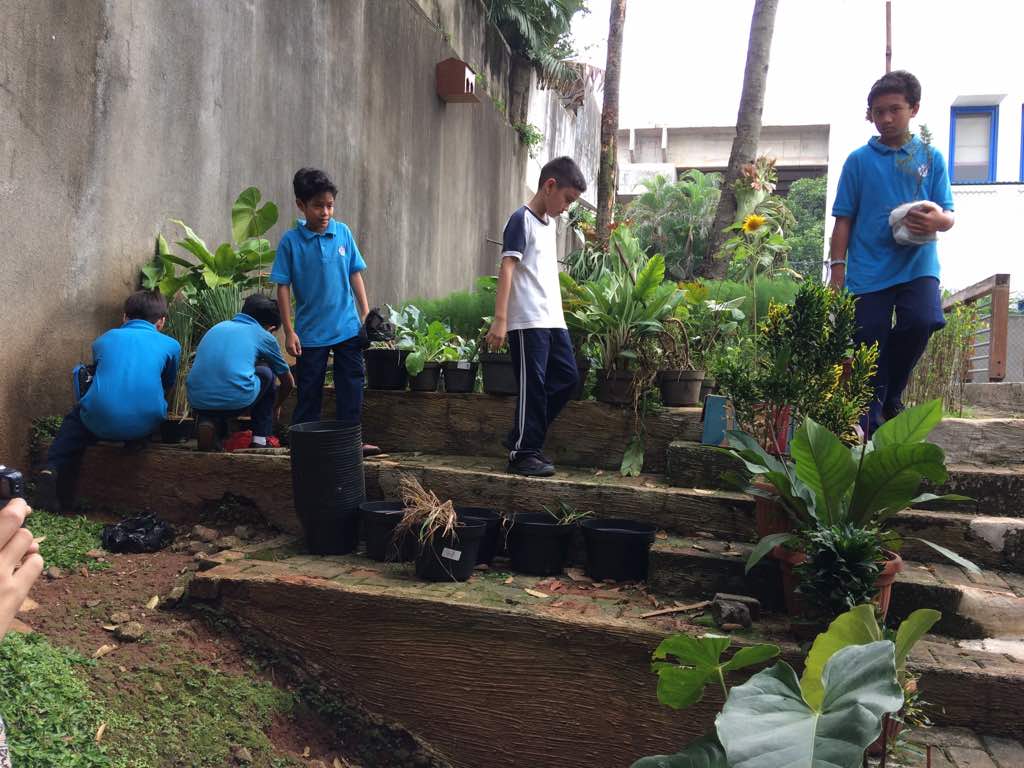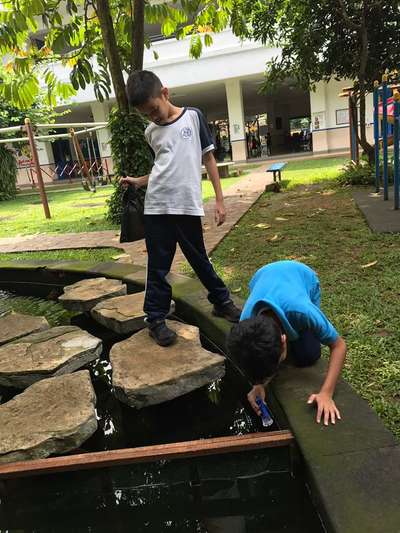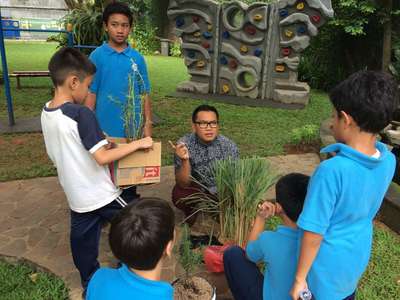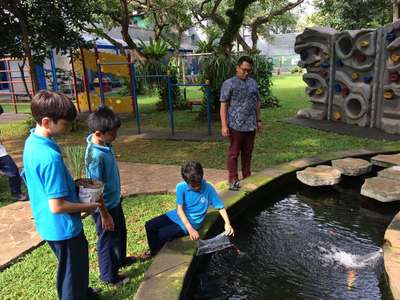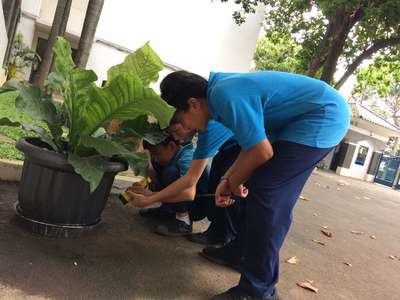Students
Mentors
Central Idea:
Biodiversity relies on maintaining the interdependent balance of organisms within systems.
Biodiversity relies on maintaining the interdependent balance of organisms within systems.
The Lines of Inquiry:
Science strands: Living things
The study of the characteristics, systems and behaviors of humans and other animals, and of plants; the interactions and relationships between and among them, and with their environment.
Related concepts:
Balance, Biodiversity, Interdependence
Learning Outcomes:
- Ways in which ecosystems, bio-mes and environments are interdependent
- How human interaction with the environment can affect the balance of systems
- The consequences of imbalance within ecosystems
Science strands: Living things
The study of the characteristics, systems and behaviors of humans and other animals, and of plants; the interactions and relationships between and among them, and with their environment.
Related concepts:
Balance, Biodiversity, Interdependence
Learning Outcomes:
- Describe and examine the interactions of living things within and between ecosystems and interactions between living things and non-living parts of the environment
- Recognize that solar energy sustains ecosystems through a transformation of energy
- Investigate the conservation of energy in ecosystems
- Analyze the effects of changing a link in a food web
- Explain how human activities can have positive or adverse effects on local and other environments (for example, waste, agriculture, industry)
1. Exploring, Wondering, Questioning
We explored the information about mosquitoes from websites. Then we discussed and made a mind map.
|
Mosquito
Best known as summer pest, Mosquitoes can develop from egg to adult in 10 to 14 days.
Mosquitoes do not bite. Female mosquitoes feed on plant nectar and blood. They need the protein to reproduce. To get to the blood, they pierce our skin with their "proboscis" and suck our blood. Male mosquitoes feed exclusively on plant nectars.
Mosquitoes are busiest at night and will fly up to 14 miles for a blood meal. They hunt for food by detecting body heat and Carbon Dioxide, the gas we breathe out. |
Mosquito Fact
|
2. Researching and Seeking Information
|
We caught the mosquitoes in different places using pot lid and cooking oil to know the type of mosquitoes around Al Jabr.
Here are the types of mosquitoes we have found in Al Jabr:
Type: Ochlerotatus triseriatus
Type: Coquillettidia xanthogaster or golden mosquito
Type: Aedes albopictus or asian tiger mosquito, also known as forest mosquito. The predator is spider.
We also have found out why mosquitoes are interested in human's blood so much
|
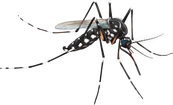
Mosquito Species
1. Aedes Aedes is a genus of mosquito originally found in tropical and subtropical zones, but now found on all continents excluding Antarctica. The genus contains over 700 species; the most medically significant of them being Aedes vexans, Aedes albopictus and Aedes aegypti. Aedes species typically bite at dawn and dusk.
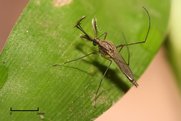
2. Culex
Culex mosquitoes are painful and persistent biters. They prefer to attack at dusk and after dark, and readily enter dwellings for blood meals. They are generally weak fliers and do not move far from home.

3. Anopheles
The Anopheles mosquito is known universally as the Malaria Mosquito because it is considered the primary vector of the disease. However, of the approximately 430 Anopheles species, only 30-40 transmit malaria and many of them have become resistant to insecticides through years of pesticide use. It is also considered a transmitter of heart worm in dogs. Anopheles home-in on human body odors; from the carbon dioxide in our breath to the ammonia in our sweaty feet
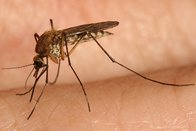
4. Ochlerotatus
Ochlerotatus mosquitoes are painful and persistent biters, attacking during daylight hours (not at night). They do not enter dwellings, and they prefer to bite mammals like humans. Ochlerotatus mosquitoes are strong fliers.
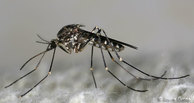
5. Culiseta
Culiseta mosquitoes are moderately aggressive biters, attacking in the evening hours or in shade during the day. In summer, the most common breeding area for these mosquitoes is backyard fishponds.
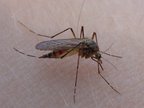
6. Coquillettidia
A genus of large, mostly yellow, viciously biting, fresh-water mosquitoes.
|
3. Collecting Data and Reporting Findings
|
We went to Puskesmas Pondok Labu to deepen our understanding about mosquitoes and the diseases caused by them.
|
We chose 6 thinking hats to write our reflection after our fieldtrip.
|
4. Experimenting and Playing with Possibilities
|
Our Experiment Catching Mosquitoes
|
Mosquito Predator
|
5. Deepening Understanding Through the Application of A Concept
|
During our action, we put several plants such as lavender, rosemary, and citronella near canteen to avoid the growth of mosquito population. We also put numbers of guppy in the school pond. The action was supervised by Mr. Arie.
|
Second action: Amar had an idea to make citronella oil. To know whether it worked or not, we applied the oil on some people's skin. The result, it worked on some people's skin, but not for others.
|
We don't keep our knowledge our own. We presented all about mosquitoes; the types, the danger, how to prevent mosquito from biting us, and the habitat of mosquito. We also donated some plants to repel mosquitoes to SDN 13 Pondok Labu.
Ihsan had an idea to make juice from papaya leaves for people to drink. This juice will prevent mosquitoes from biting us up to 5 weeks.


